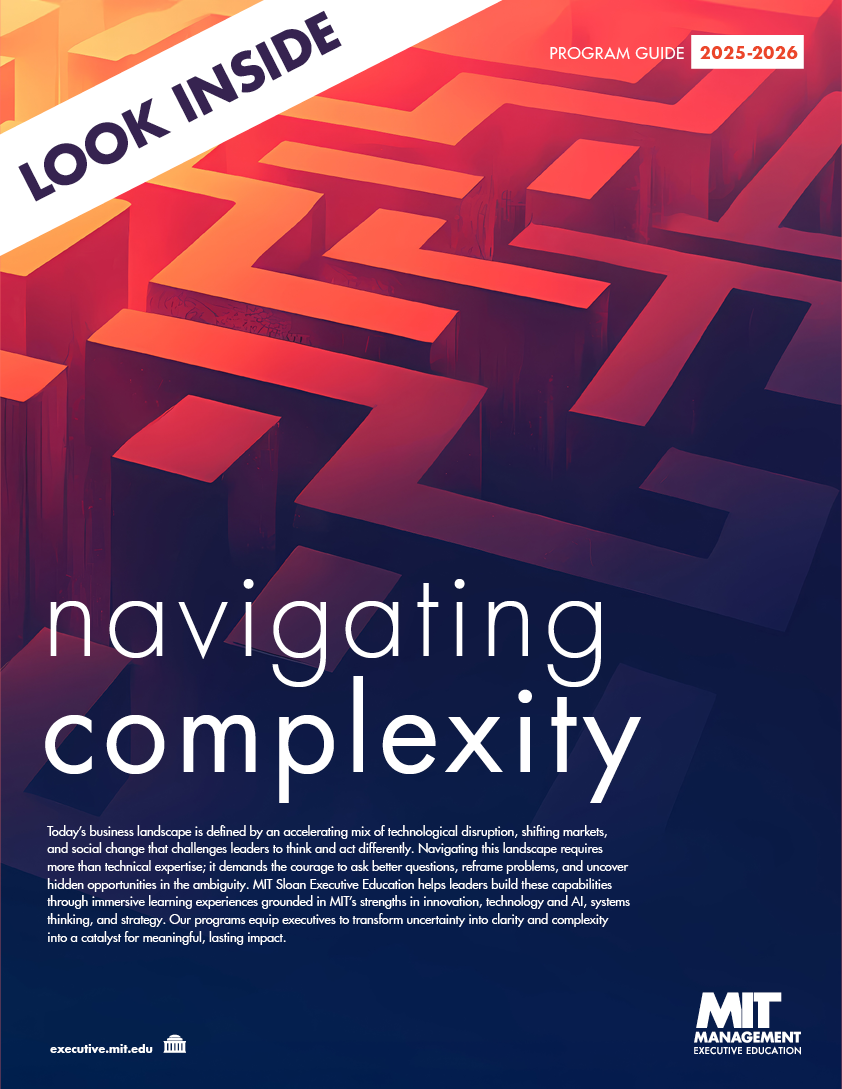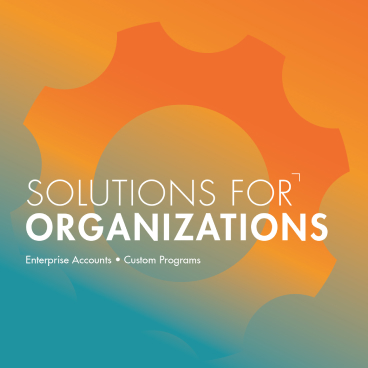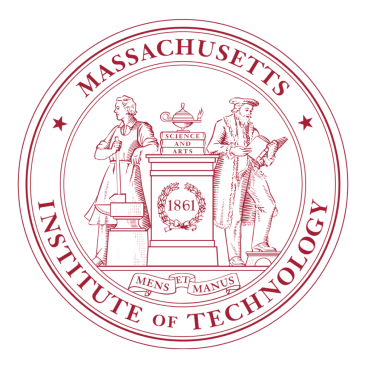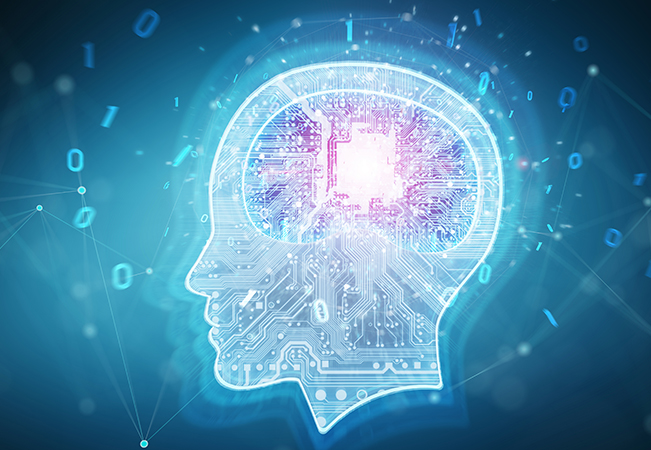There is a shift happening in innovative product design--and it's putting people at the center of it. Human-centered design is the practice of connecting with the needs and emotions of customers to create compelling products and services. It's driven by a methodology of connecting with and developing empathy for users, and it replaces assumptions about users' needs and preferences with actual information acquired from the field. This process-heavy, people-oriented approach includes researching existing products, interviewing and observing customers, quick and iterative prototyping, and resonance testing--all with the goal of achieving solutions that create value.
"We believe that through a deeper understanding of people, we can identify and create more successful solutions for people, companies, and society," says Brian Matt, Senior Principal Director of the design and innovation consulting firm Altitude | Accenture. "We try to get into their world, and see it through their eyes," adds Dan Ostrower, Principal Director.
The human-centered design process also requires a product team to present their findings to their organization, and often up the chain, to achieve buy in. In many cases, this is where the hard part begins. Matthew Kressy, Director and Co-Founder of MIT Integrated Design & Management (IDM), refers to this as the expression phase. "The purpose of expression is to transfer that empathy to the organization," says Kressy. "The individuals on the [product] team may care, but now they have to get the organization to care, with the obvious goal of designing and manufacturing a product that will better match with the needs of the users."
Kressy is an expert in product design and development. As an entrepreneur and founder of Designturn, he has designed, invented, engineered, and manufactured products for startups, Fortune 500 companies, and everything in between. Kressy believes in interdisciplinary, design-driven product development derived from deep user research, creative concept generation, and rapid prototype iteration, and he is passionate about teaching this approach to the design process in design schools--and business schools.
In his two-day MIT Sloan Executive Education program, Leadership by Design: Innovation Process and Culture, Kressy presents the ways in which highly successful companies, such as Tesla, Apple, and Procter & Gamble innovate continuously by connecting with customer needs and emotions to create compelling products and services. These companies have created action-based organizational cultures in which empathy is generated, trial and error is encouraged, and failure is celebrated as a source of learning.
In the program, Kressy also speaks to his own vast experiences in human centered product design and development, including a hydration device he invented for the army. "The problem was," says Kressy, "no one understood what it was to be a soldier. We needed to get empathy for the soldier in the field." Kressy joined soldiers at Fort Polk in Louisiana for several days of live fire exercises. "The Army was blown away that someone would care enough about soldiers to do that to themselves. And as a result, we created a novel, innovative product that was actually very simple."
"This process of human centered design perfectly reflects the idea of democracy--people advocating for other people that don’t have a loud voice in the decision-making process. It's about talking to your users and stakeholders and then going back and expressing those needs and emotions to the organization in order to innovate and problem solve. If our political leaders used this process without being influenced by self interest, we'd have an amazing society."
To Kressy, the objective of IDM and of the MIT Sloan Executive Education program is to disseminate this process and to make it part of every person's skill set, from designers to engineers to business leaders. "We want to give integrity to this process in the way that decisions are made. And there is a tremendous impact on leadership--if you're going to your colleagues, your board, and you have the voice of your customer in your pocket, that supersedes any assigned power in that organization. It's hard to refute the findings of a two-week immersive exploratory process with customers. And, you'll be a visionary."
The MIT Sloan Executive Education program, Leadership by Design: Innovation Process and Culture.
MIT IDM and Altitude | Accenture collaborated on a project to reinvent a common product (the walker) using a collaborative, human centered approach. You can watch the team in action--from research and exploration through prototyping to resonance testing--in this video.








